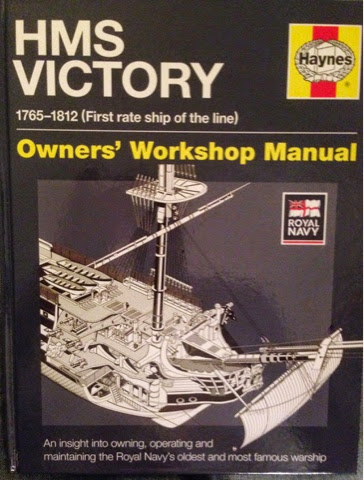I might need to make some cladding for some of the insides if the plasticard is visible once the hull is put together.
Next I sprayed the hull copper, in case any gaps are left between the copper foil when it was applied.
The humbrol metallic paint looks good in this light but is flat and uninspiring when viewed in different light as seen below
Firstly I masked off the copper paint and the areas that are to be painted yellow on both sides ready for spraying with humbrol Matt black, I have decided to use enamel paints initially and then weather the ship after building with acrylic paints or pastels/powders.
I suppose you could spray the hull all black and the mask off the black and spray the yellow, but it could take quite a few coats of yellow to cover the black. So I decided to mask off the yellow and spray black, then mask again with low tack/de tacked to spray yellow,
I also drew around the gondolas and masked off the interiors at the stern.
Two coats of thin black enamel was spayed on the hull.
Then the masking was removed revealing a nice paint job that's starting to look like a ship of the line
Above a close up once the tape has been removed, I left the black paint a few days to fully harden before I started to mask off the black areas in preparation for spraying the yellow stripes.
























.JPG)

.JPG)


.JPG)
.JPG)



.JPG)